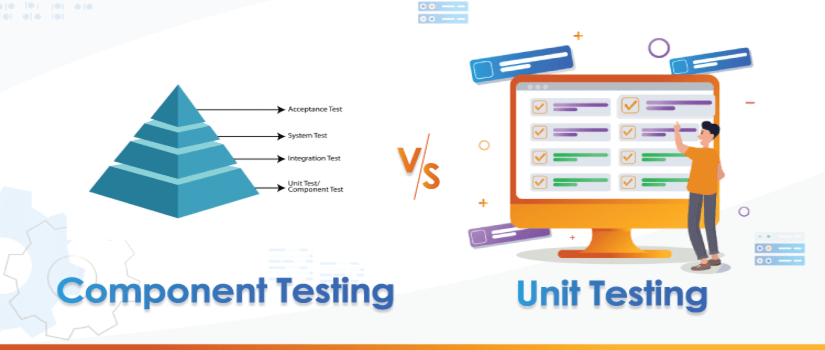Health data exchange prior to EHRs (Electronic Health Records) was comprised of paper documents, recorded by hand, and was exchanged through fax, snail mail, etc.
ONC Health Information Technology
ONC defines the Standards, Implementation Specifications, and Certification Criteria for Electron Health Record Technology (2014 Edition).
CMS
It details the Medicare and Medicaid EHR incentive programs.
Meaningful Use Stage 2 Rule MU2
MU2 sets measurable objectives for Eligible Professionals EPs, Eligible Hospitals EHs and Critical Access Hospitals CAHs to obtain CMS incentives (CM 495.6).
Data Requirement
Vocabulary Example
Vocabularies are used to assign a unique value to a clinical concept.
Let us take an example for SNOMED-CT values acceptable for ‘Smoking Status’.
A distinct set of codes are being standardized for a clinical concept and are used for sharing information across different clinical environments.
HL7 CDA Clinical Document Architecture
Founded in 1987, Health Level Seven International (HL7) is a not-for-profit, ANSI-accredited standard developing organization dedicated to providing a comprehensive framework and related standards for the exchange, integration, sharing, and retrieval of Electronic Health Information that supports clinical practice and the management, delivery, and evaluation of health services.
CDA Clinical Document Architecture
CDA is a base standard that provides a common architecture, coding, semantic framework, and markup language for the creation of electronic clinical documents. CDA Docs are coded in Extensible Markup Language (XML) HTML describes the presentation, XML describes content Human readable and machine-interpretable. CDA is a templated standardized grouping of information, organized according to the clinical context. It is object-oriented.
1. CCDA defines building blocks that can be used to contain healthcare data elements that can be captured, stored, accessed, displayed, and transmitted electronically for use and reuse in many formats.
2. Sets of these CDA standardized building blocks can be arranged for whatever needs exist.
3. This approach offers flexibility, it allows for the creation of a comprehensive variety of clinical documents that share common design patterns and use a single base standard.
CDA DOES NOT specify how documents are transported, simply how critical data elements should be encoded for exchange and interoperability. CDA can contain both structured and unstructured information. CDA Clinical Document Architecture is the base standard for building electronic clinical documents. Templates provide the building blocks for clinical documents.
To help simplify the implementations, commonly used CDA templates were consolidated into a single Implementation Guide the C-CDA Guide IG (07/2012).
MU Requirements Achieved Through C-CDA
No single C-CDA document template contains all the data requirements to sufficiently meet MU2 Compliance.
Ref: https://www.healthit.gov/sites/default/files/c-cda_and_meaningfulusecertification.pdf
Conclusion
Health information exchange has emerged as an ever-growing vertical and there is a lot more to see in this industry in the coming days.
For any data management needs please feel free to Contact us.
Ref: https://www.healthit.gov/sites/default/files/c-cda_and_meaningfulusecertification.pdf











